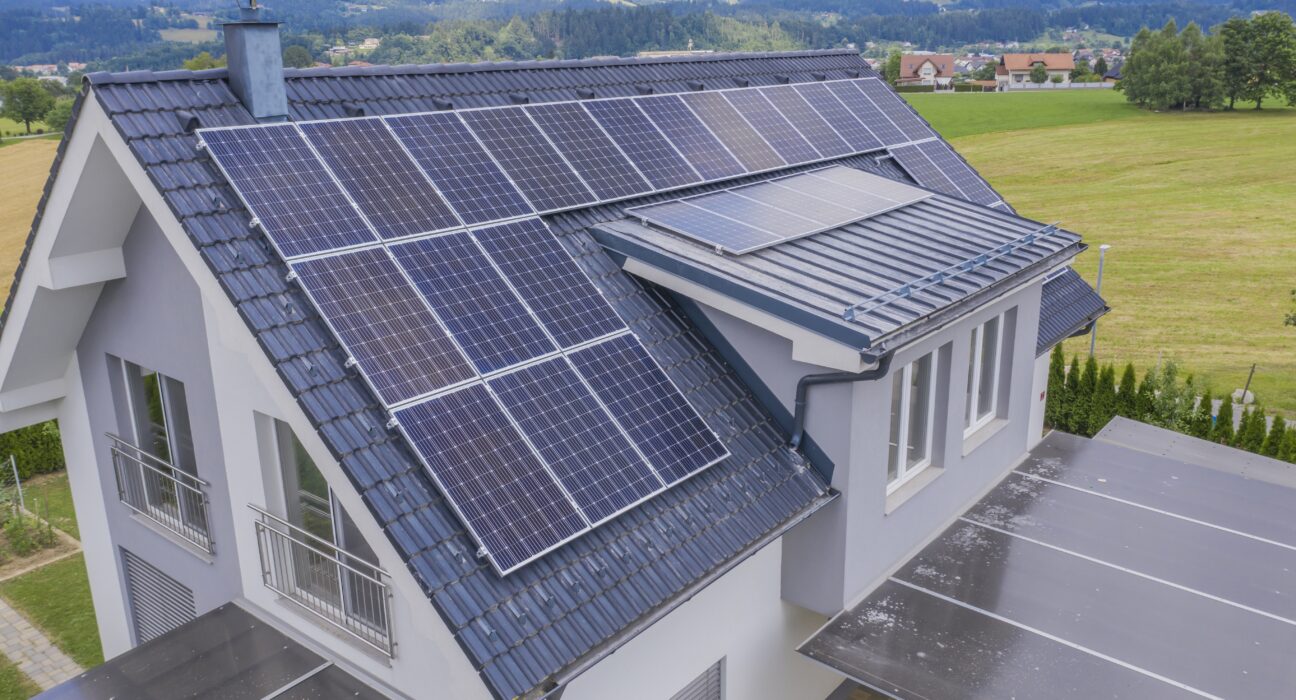As concerns about climate change and environmental sustainability continue to rise, many homeowners are exploring alternative energy sources to power their homes. Solar power has emerged as a popular and eco-friendly choice, offering a clean and renewable source of energy. If you’re considering incorporating solar power into your home, this step-by-step guide will help you get started on the path to a greener, more cost-effective energy solution.
Also, read Easy Ways to Reduce Energy Consumption at Home and Save Money
Step 1: Assess Your Energy Needs
The first and most crucial step in incorporating solar power into your home is to assess your energy needs. Review your past electricity bills to understand your consumption patterns. This data will help determine the size of the solar panel system required to meet your energy needs. Consider the appliances and devices you use, how many hours you use them, and their energy consumption.
Step 2: Site Evaluation
Solar panels require an optimal location with adequate sunlight exposure to function effectively. Assess your property to find the best location for solar panel installation. Factors to consider include:
- Roof condition: Ensure your roof is in good condition and can support the weight of solar panels. If necessary, invest in roof repairs or replacement.
- Orientation: South-facing roofs typically receive the most sunlight in the Northern Hemisphere, while north-facing roofs are ideal in the Southern Hemisphere.
- Shade: Avoid shading from nearby trees or buildings, as it can significantly reduce solar panel efficiency.
Step 3: Budget and Financing
Determine your budget for the solar panel installation. Consider the cost of the solar panels, inverters, installation, and ongoing maintenance. Solar panel systems can be a significant investment, but there are various financing options available, including government incentives, tax credits, and solar financing programs. Explore these options to make the transition to solar power more affordable.
Step 4: Choose the Right Solar Panel System
Selecting the right solar panel system is a crucial decision. Research different types of solar panels, their efficiency, and their warranties. It’s advisable to consult with a reputable solar installer who can provide recommendations based on your energy needs and budget.
Step 5: Hire a Professional Solar Installer
Installing solar panels is a complex task that requires technical expertise. Hiring a professional solar installer ensures that the installation is done correctly and safely. Look for certified solar installers with experience in residential solar projects. They will handle the permitting, wiring, and other technical aspects of the installation.
Step 6: Obtain Permits and Approvals
Before installation can begin, you’ll need to obtain the necessary permits and approvals from your local government and utility company. Your solar installer can help you navigate this process, ensuring compliance with all regulations and safety standards.
Step 7: Installation
Once you have the permits and approvals in place, the installation process can begin. Your chosen solar installer will mount the solar panels on your roof or another suitable location. They will also install the necessary wiring and connect the system to your home’s electrical panel.
Step 8: Monitoring and Maintenance
After installation, it’s essential to monitor your solar panel system’s performance regularly. Many systems come with monitoring tools that allow you to track energy production. Additionally, schedule routine maintenance to keep your system operating efficiently.
Step 9: Enjoy Solar Power Benefits
With your solar panel system up and running, you can start enjoying the benefits of solar power. You’ll see a reduction in your electricity bills, and your carbon footprint will decrease, contributing to a more sustainable future.
Step 10: Consider Battery Storage
To maximize the benefits of your solar panel system, consider adding battery storage. Solar batteries allow you to store excess energy generated during the day for use during the night or during power outages.
Incorporating solar power into your home is a significant step towards a more sustainable and cost-effective energy future. By following this step-by-step guide, you can make an informed decision and ensure a successful transition to solar power. As the demand for clean energy continues to grow, embracing solar power is not only an environmentally responsible choice but also a smart financial investment for homeowners.















Leave feedback about this